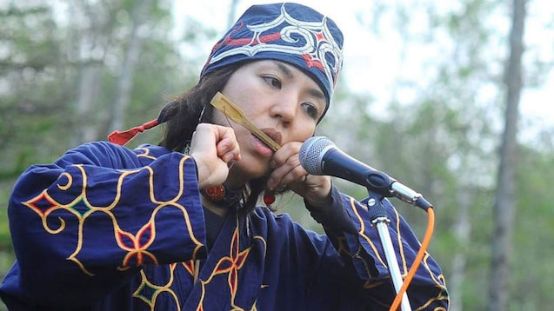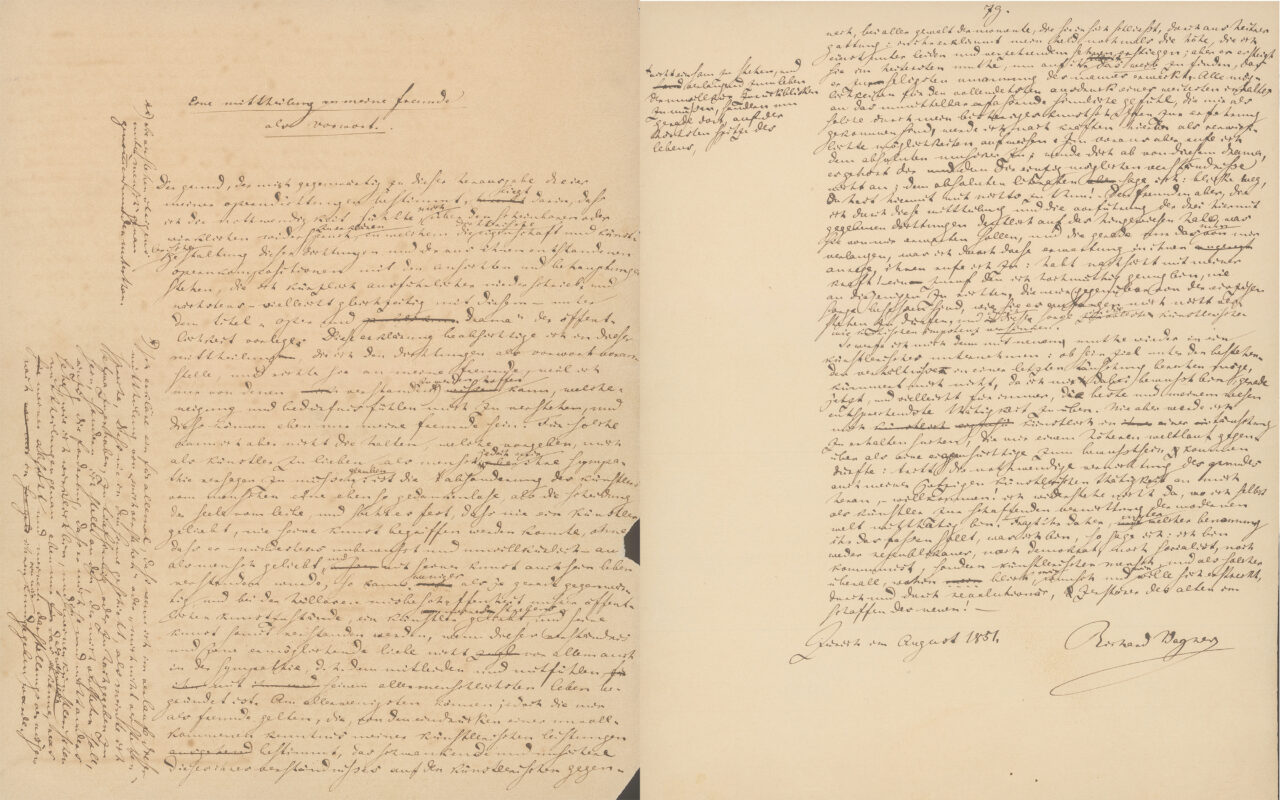Grammar correlates with genetics
A team led by the University of Zurich has traced language families back more than 10,000 years by combining data from musicology with digital methods. The results shed light on human prehistory.

The team compared the genomes of Northeast Asian populations with digital data on their language (grammar rules, sounds, word lists) and their music (structure, style). The results indicate that grammar reflects population history better than any other cultural data.
The unique collaboration of genetics and geography with modern digital linguistics and musicology has brought them a small step closer to understanding human prehistory, explains team member Balthasar Bickel, Professor at the Institute of Comparative Linguistics at the University of Zurich. Further analysis is needed to understand the complex nature of cultural and genetic evolution. But the discovery of the significance of the grammatical factor is a first step in the right direction.
Original article:
https://www.media.uzh.ch/de/medienmitteilungen/2021/Grammatik.html
Picture above: Culture is an important factor in tracing population history. The Japanese woman Utae Ehara plays the so-called mukkuri, a plucked jew's harp.







